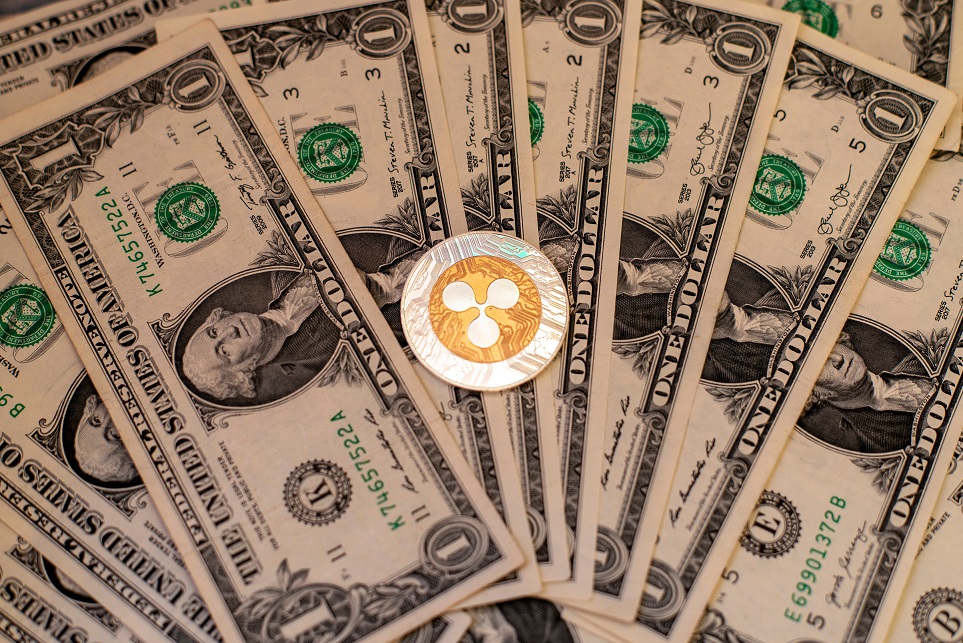While XRP, Ripple’s native cryptocurrency, has garnered significant attention, the true innovation lies in the underlying technology – the XRP Ledger. Far more than just a digital currency, the XRP Ledger represents a sophisticated decentralized ecosystem with the potential to transform the way we conduct financial transactions.
Decentralization at Its Core
At the heart of the XRP Ledger is a robust and decentralized network of nodes, each independently validating transactions. This consensus mechanism, known as the XRP Consensus Algorithm, distinguishes the ledger from the proof-of-work systems employed by Bitcoin and other cryptocurrencies.
The XRP Consensus Algorithm
The XRP Ledger’s consensus mechanism operates on the principle of quorum. Instead of miners competing to solve complex mathematical puzzles, validators on the XRP Ledger work together to agree on the order and validity of transactions. This consensus mechanism allows for rapid confirmation times and high throughput, making it an ideal solution for processing a large volume of transactions.
Beyond Transactions: Smart Contracts on the XRP Ledger
While often overshadowed by platforms like Ethereum, the XRP Ledger also boasts a capable smart contract functionality. Known as the Codius smart contract platform, it allows for the creation and execution of complex, programmable agreements.
Codius: Enabling Smart Contracts
Codius distinguishes itself by providing a platform-agnostic environment for smart contracts. This means that contracts developed on Codius are not limited to the XRP Ledger and can be executed across various blockchain networks. This versatility opens up a wide array of possibilities for developers looking to leverage smart contracts in their applications.
Creating a Decentralized Ecosystem
The XRP Ledger’s combination of fast transaction speeds, low fees, and robust smart contract capabilities lays the groundwork for a thriving ecosystem of decentralized applications (DApps).
Potential for Decentralized Applications
Developers can leverage the XRP Ledger to create applications ranging from decentralized finance (DeFi) platforms to supply chain management solutions. The ledger’s high throughput and low latency make it an attractive option for applications that require real-time transaction processing.
The Future of the XRP Ledger
As the blockchain space continues to evolve, the XRP Ledger stands as a testament to the potential of decentralized technology beyond cryptocurrency. Its unique consensus mechanism, smart contract capabilities, and scalability make it a promising platform for a wide range of applications.
Conclusion
the XRP Ledger represents a decentralized ecosystem with capabilities extending far beyond its native token, XRP. With a robust consensus mechanism, versatile smart contract platform, and potential for decentralized applications, the XRP Ledger is poised to play a significant role in the future of blockchain technology.
Investing in XRP: A Comprehensive Guide for Beginners
Demystifying XRP: Understanding the Ripple Network and Its Token

